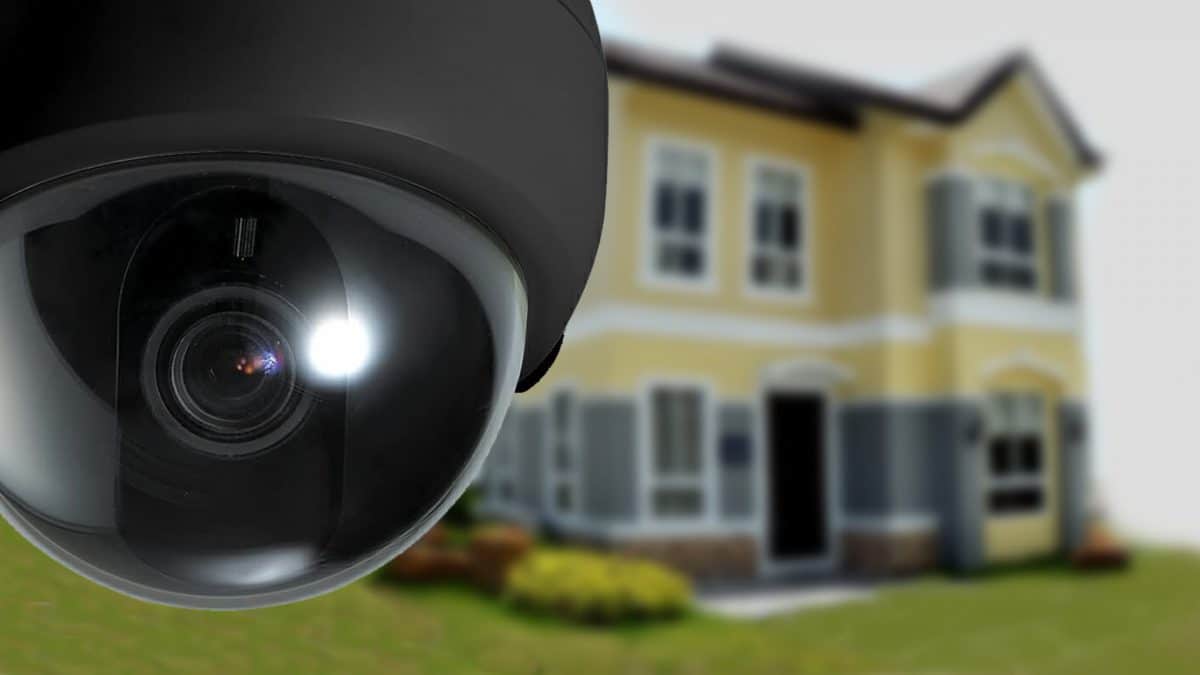Posted At: Jun 02, 2023 - 540 Views

I’ll have to admit, we’re big fans of IP (Internet protocol) digital video cameras, which are used for surveillance and home security.
Ever since I started spending most of my time in my basement office, we’ve had cameras on the outside and the inside of the house.
We started with two — one on the front of the house and one in the kitchen.
And now, as those have gotten older and less practical, we have four, with additional ones at our house in Maine. Anytime we’d like, we can gaze out the window at the lake, over 650 miles away, or peruse the contents of the house.
We can set the cameras to send us an email when something’s up. It’s very interesting to be sailing along the Dordogne river in Bordeaux, France and see that a package has arrived at our front door in Morristown. However, mostly we gripe that the boys haven’t bothered to do the dishes, again.
The question for us has always been what kind of security does this really provide us? Would an alarm company do a better job? Is this less-expensive option of managing our own home security really serving our best interests? We certainly think so.
Fast and personal
Having a camera send a picture when something’s moving gives us two kinds of protection.
The first is an immediate warning, something moves and the camera records it and produces a series of pictures, one every half-second for 5 pictures, and puts them in an email and sends it to us. It’s very handy to have an immediate notification on your phone or tablet of something happening at home.
The second step is to view what’s going on through the camera. Maybe the cat set it off or a sudden change in the light streaming in through the windows. Being able to look around yourself is pretty cool.
Motion sensing
Most of the best alarms are motion-based. You don’t really need door and window alarms if there are motion sensors to trigger when a door or window opens (or breaks). The cleverest thief in the world will have a hard time accomplishing their task without moving.
An inexpensive IP camera makes one of the best motion sensors money can buy. Not dependent on infrared, IP cameras look for actual movement in their view. The sensitivity can also be set to ignore sections of the screen so things like birds or squirrels moving outside a window won’t set off an email. This is very handy to make sure the dog walking down the hall doesn’t trigger an alert.
Looking around
Most security companies depend on door and window sensors, as well as infrared motion sensors. If they get an alarm, they call you and then they will inform the police or possibly the fire department if necessary. They can’t see what’s happening in the house and they won’t have pictures of intruders. Security companies depend on their sensors and won’t react unless they get an alarm.
One really nice benefit of having a few cameras scattered throughout the house is being able to look around every once in a while. It makes us feel a lot better to have a quick “look-see” while we’re away. We have them in our house in Morris County and in our Maine house. In Maine, some cameras are dedicated to looking around the yard and at the surrounding view, which is a real treat for us.
Moving cameras
A lot of the “off the shelf” multi-camera systems come with “fixed” cameras. These are good systems but the cameras don’t move. We prefer cameras that pan, tilt and zoom. We get a much better feeling of being able to look all around the house and really examine the situation.
Another key element is “night vision” — most IP camera systems have small banks of infrared LEDs to light up the scene at night. The infrared LEDs mean that the camera can see at night and sense any motion in their field of view. For indoors, the LEDs offer plenty to light an entire room; in an outdoor setting, however, the farthest reach is only about 30 feet. It’s important to note that after moving a camera around for a good “look-see” we need to remember to put it back so it can monitor a certain door, hallway or window.
